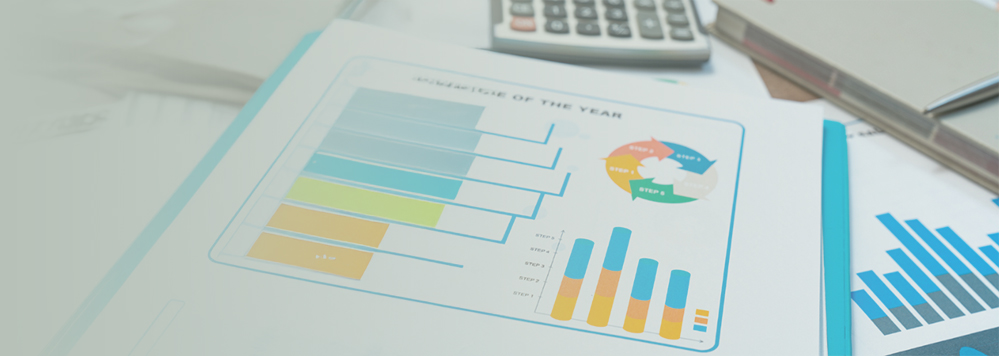The procure-to-pay process – a combination of procurement and accounts payable system – is a critical part of any organisation dealing with third-party vendors and suppliers. The efficiency of your P2P processing can be the difference between efficiently meeting your procurement needs and losing money due to inefficiencies.
Although digital transformation and automation tools can help you implement an efficient P2P framework and optimise purchasing, 80% of organisations still rely on manual or semi-digital tools to manage their P2P cycles. This can lead to challenges like errors in invoicing and budgeting, siloed data, lack of visibility, and poor governance.
So, how can you overcome these challenges and establish an efficient P2P framework within your organisation?
Understanding the procure-to-pay process
The first step in establishing an efficient P2P framework is to understand the P2P processing workflow and needs of your company. A typical P2P cycle will have the following stages:
- Identify needs
- Create requisitions
- Requisition approval
- Create a PO
- PO approval
- Goods receipt
- Supplier performance
- Invoice approval
- Vendor payment
Based on your organisational needs and practices, you can choose to complete most – or all – of these stages to go from defining your business requirements to paying the vendors for the goods or services provided. Once you have an understanding of your procurement needs, focusing on best practices like process transparency, supplier engagement, inventory optimisation, and contract management can help you ensure an efficient P2P framework for your organisation.
Implementing procure-to-pay strategies at your company
So, now that you understand your P2P processing needs, the next step is to implement the P2P framework within your company. This can include the following steps:
Onboarding procure-to-pay software
The first step in improving your P2P efficiency is to move away from error-prone, resource-intensive manual procurement tasks with the help of a procure-to-pay service provider that aligns with your P2P goals. This allows you to integrate automation into your customised procurement process for optimum efficiency.
Managing supplier relationships
Effectively managing supplier relationships is a critical element of an effective P2P framework. Fostering, maintaining, and improving mutually beneficial supplier relationships can help you save time, money, and resources for purchasing optimisation.
Automating contract management
Leveraging procure-to-pay services to automate contract management can help you simplify contract renewals and keep tabs on the terms of the contract with different suppliers – along with any history of change – to ensure contract compliance.
Improving spend visibility
Lack of transparency is one of the biggest sources of errors and inefficiencies in the procure-to-pay processes. Upgrading your payment methods, standardising payment approval and disbursement workflows, and regular audits of your spending reports can help you improve spend visibility and eliminate any inefficiencies.
Centralising the procurement management systems
Modern procure-to-pay services can help you centralise end-to-end P2P processing for easy data access and transparency, greater spend visibility, and contract management automation. These can help you ensure ethical P2P processing while also ensuring optimal and efficient procurement operations.
The role of procure-to-pay services
Although you can use your current ERP system to automate many of your procurement tasks, you may still face the challenges of siloed data, ineffective communication, and inability to scale as your P2P operations grow. Moreover, if you are looking for cloud-based procurement solutions for more efficiency, accessibility, and cost-effectiveness, working with a procure-to-pay service provider is the way to go.
Here are some ways procure-to-pay software can help you improve your P2P efficiency:
- Automate purchase requisition and approval:
- Auto-create POs from the approved purchase requisitions
- Digitise vendor management
- Ensure foolproof three-way invoice matching
- Gain valuable insights into your P2P processes
Routing the POs to the right stakeholders eliminates confusing email threads
Simplify the PO dispatch and ordering process
Analyse parameters like vendor performance, pricing and discounts, delivery schedule, and policy compliance to choose the vendor best suited for your purchasing needs
Process and approve invoices, manage payment expectations, and integrate different payment options into the AP system
With the help of automated reports and analysis, foster end-to-end P2P cycle transparency and continuous improvement of your P2P framework
How can Infosys BPM help?
Leveraging the right procure-to-pay services can help you understand your P2P needs and develop a strategy to optimise your purchasing effectively. Leveraging their deep domain expertise and best-in-class technology solutions, Infosys BPM can help you manage both transactional activities – like supplier management, invoice processing, or payment disbursement – and niche activities – like spend analytics, procurement insights, or compliance solutions.







